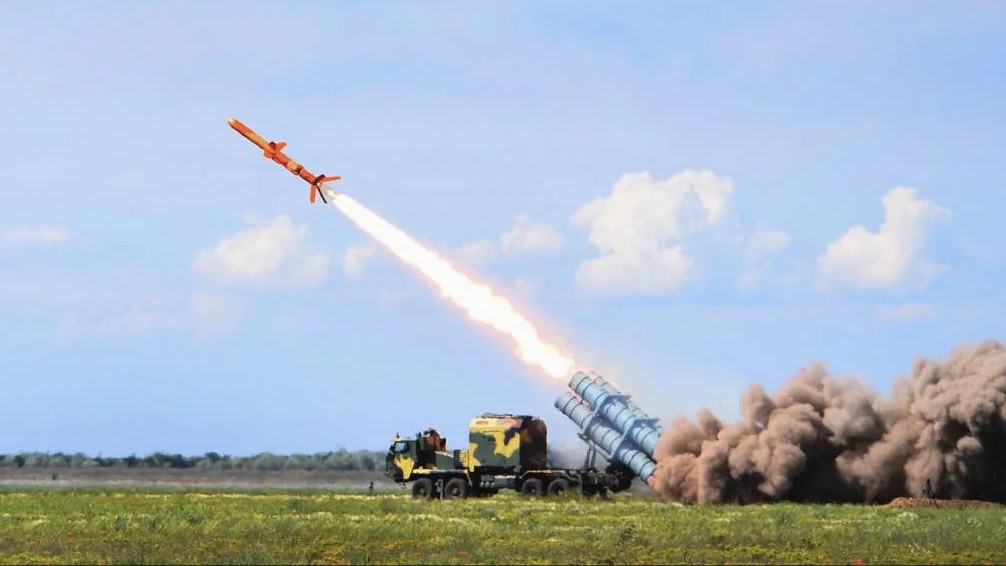Su-57's Secret Weapon Bay Unveiled: Insights into Russia's Stealth Fighter Design

A recently leaked photograph of Russia’s advanced fifth-generation stealth fighter, the Sukhoi Su-57, has ignited renewed interest and speculation among defense analysts. This image has given the world its first clear glimpse of the aircraft's side weapon bay—a feature crucial to the Su-57's stealth performance. Until now, much of the aircraft's internal design had remained shrouded in secrecy, making this an exciting and revealing development for those following the evolution of modern fighter jets.
The Su-57, known in Russia as the "Felon," is often compared to the American F-22 Raptor and F-35 Lightning II. It is engineered for a blend of air superiority and multirole operations, incorporating cutting-edge stealth technology, agile maneuverability, and an array of advanced weapon systems. The fighter represents Russia's most ambitious effort to compete in the high-stakes world of stealth and next-generation warfare.
What Makes the Side Weapon Bay Crucial?
The newly unveiled side weapon bay is a testament to the aircraft’s emphasis on maintaining a low radar cross-section (RCS). By housing weapons internally, rather than mounting them on external hardpoints, the Su-57 minimizes the chances of being picked up by enemy radar. This stealth feature is paramount for fifth-generation aircraft, which rely on low observability to strike first and evade detection.
Positioned near the fuselage, the side bay is believed to be designed specifically for short-range air-to-air missiles. Initial analysis of the image suggests that the bay is optimized for deploying the highly maneuverable R-73 or its modernized variant, the K-74M2. Both missiles are known for their agility and are capable of high off-boresight targeting, making them lethal in within-visual-range (WVR) combat scenarios. The K-74M2, in particular, features improved guidance and can be paired with helmet-mounted cueing systems, providing the pilot with an enhanced ability to engage targets rapidly.
Beyond Weapons: Potential for Advanced Sensors
One intriguing possibility arising from the photo is the bay's capability to house additional sensors or targeting systems. If equipped with advanced optics or infrared tracking sensors, the Su-57 could lock onto enemy aircraft with greater precision, even in challenging environments. This would enhance its lock-on-after-launch (LOAL) capability, allowing the fighter to engage multiple targets in quick succession while maintaining optimal positioning.
The side bay's compact configuration also suggests a design tailored for rapid missile deployment, a feature essential in close-range dogfighting. With the missiles stored internally, they are shielded from aerodynamic drag, which could otherwise hinder performance. This streamlined setup aids in preserving the aircraft’s high maneuverability—another cornerstone of the Su-57’s combat philosophy.
How Does the Su-57 Compare with Western Counterparts?
While Western stealth fighters like the F-22 and F-35 also utilize internal weapon bays to preserve their stealth profiles, the Su-57’s side bay highlights a uniquely Russian emphasis on close-quarters aerial combat. Russia's defense doctrine has historically prioritized dogfighting and air maneuverability, reflecting their experiences and expectations of air engagements. This philosophy is evident in the Su-57's overall design, which features thrust-vectoring engines and a robust airframe optimized for agility.
The combination of stealth, advanced avionics, and short-range missile deployment positions the Su-57 as a versatile and formidable opponent in modern air combat. Despite criticism over delays and limited production numbers, Russia's commitment to refining the Su-57 underscores its strategic importance as a counterweight to NATO's air power.
A Technological Marvel with Unresolved Questions
The photograph of the Su-57’s side weapon bay sheds light on one of the aircraft's key features but leaves many questions unanswered. For example, while analysts can make educated guesses about the weapons and sensors, the full scope of the bay's capabilities may remain unknown until more detailed information emerges. Additionally, while the Su-57 is already operational with the Russian Air Force, experts continue to debate how well it performs against Western jets in real-world scenarios.
Nevertheless, the Su-57 remains a critical component of Russia's air strategy. Its blend of stealth, speed, and maneuverability represents a significant leap forward in the country’s aerospace technology, signaling its intent to compete aggressively in the fifth-generation fighter arena. As more details come to light, the world will continue to watch how this stealth fighter evolves and what it reveals about future air combat strategies.
Specifications Recap:
- Length: Approximately 21.9 meters
- Wingspan: Around 14 meters
- Maximum Speed: Mach 2.0+
- Range: Roughly 3,500 km (without external fuel tanks)
- Engines: Twin Saturn AL-41F1 (Izdeliye 117) turbofan engines with thrust vectoring
- Weaponry: Internal bays for long-range air-to-air and air-to-ground missiles, plus the newly revealed side bay for short-range missiles.
The Su-57’s development continues to fascinate and challenge aviation experts, ensuring its place in the ongoing narrative of global military aviation. As more aspects of this sophisticated jet are exposed, each revelation shapes our understanding of modern warfare and the stealth technology race.


